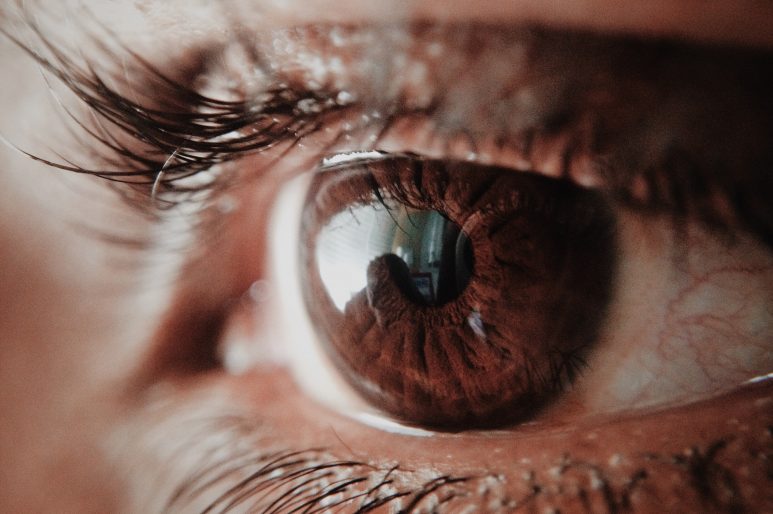The COVID-19 pandemic has pushed ultraviolet germicidal irradiation (UVGI) into the public eye — and those eyes are vulnerable to injury. The Heating Refrigeration and Air Conditioning Institute (HRAI) of Canada is reinforcing the timely message that UV disinfection procedures are highly technical and the light, itself, is hazardous.
“It will burn the skin and eyes very seriously in a matter of seconds, and could cause skin cancer and cataracts,” HRAI’s recent newsletter warns.
Indoor air quality specialists are among the skilled technicians trained to use a range of UVGI technologies to disinfect air and air handling fixtures. UVGI is also commonly used to purify water, and disinfect surgical instruments, food manufacturing equipment and other objects with sensitive applications.
Shortwave UV light damages nucleic acids and disrupts the DNA of various microorganisms, rendering them inactive. While it has not yet been conclusively proven that UVGI destroys COVID-19, it has been effective in battling other threatening strains of coronavirus, including SARS and MERS, and is believed to arrest COVID-19.
“The effectiveness of disinfection using UVC light is a function of three variables: the nature of the contaminant; the intensity of the UV light; and the time of exposure,” Tom Wilson, air purification manager for CGF Products in Toronto and a contributor to HRAI’s IAQ training materials, explains in the HRAI newsletter.
Disinfection also comes with risk management requirements. “It’s like an arc weld flash — very unsafe,” Wilson says.
Far-UVC technology, now in the prototype and commercialization stage, could lead to disinfection procedures with less or no risk for harmful exposure. However, HRAI supports a cautious approach to its release, with a priority on safety.
“Let’s not be hurrying and careless,” it urges.









